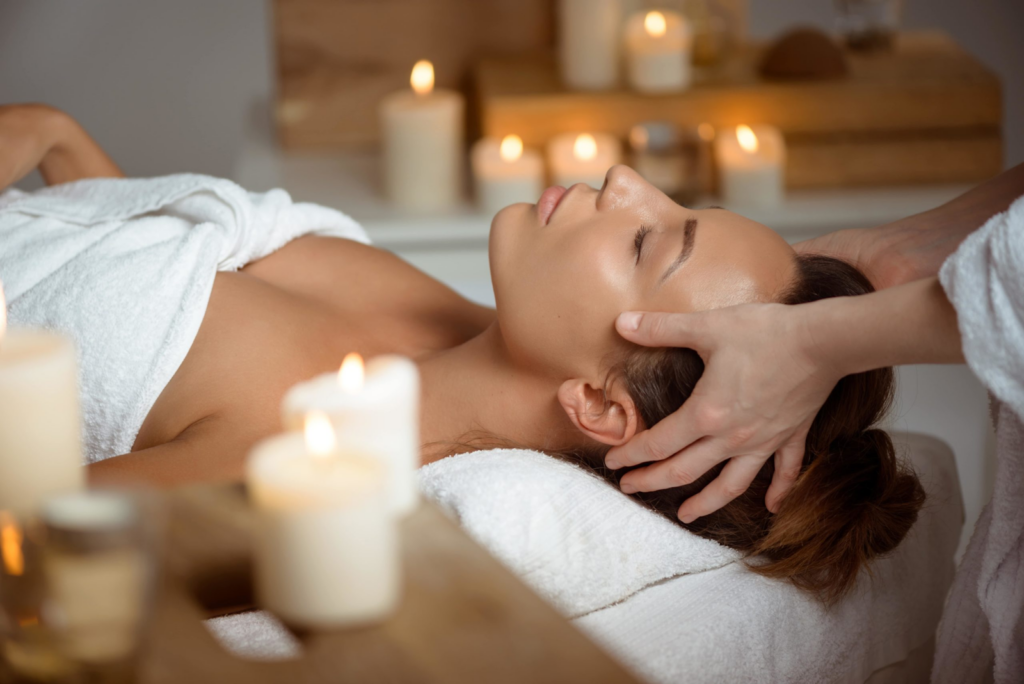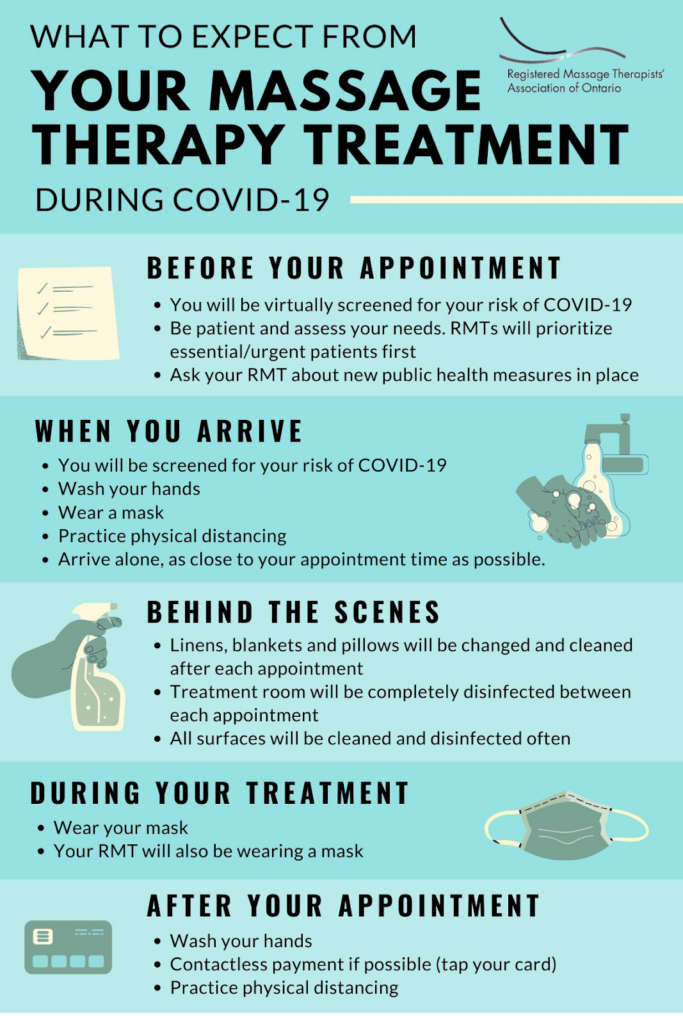
Massage is a well-known alternative medicine that has been in practice for thousands of years. While most people associate massage with relaxation and pampering, this profession goes much beyond just luxury.
What Is The Role of a Massage Therapist?
A massage therapist uses hands-on techniques to manipulate muscles and soft tissues, promoting relaxation, reducing pain, enhancing circulation, and supporting overall well-being.
In essence, the work of a massage therapist involves manipulating the soft tissues of the body to facilitate stress reduction, alleviate pain, and enhance general well-being.
A professional masseuse will often undertake a comprehensive assessment before starting any massage session. Such steps involve asking notes on the client’s medical history, setting goals for the client’s massage session, observing patient’s posture, movement and developing an individualized treatment plan
Different kinds of massages are performed by various therapists.
What Are The Different Types of Massage Therapy?
Different types of massage therapy include Swedish, deep tissue, sports, trigger point, hot stone, prenatal, aromatherapy, reflexology, Thai, and Shiatsu massage.
Swedish Massage is a gentle, full-body massage that uses long strokes, kneading, and circular movements to achieve relaxation and increase circulation. Deep Tissue Massage targets the deeper layers of muscle and connective tissues in order to release chronic muscle tension.
Sports Massage aims to prevent and treat injuries, improve flexibility and enhance athletic performance among athletes.
In Trigger Point Therapy pressure is applied on particular areas of muscles with an aim of releasing tension and reducing pain. Myofascial Release is manipulating fascia (connective tissue) in order to promote mobility and decrease pain.
Hot Stone Massage helps muscles relax while circulation improves. The therapist must be skilled in these techniques for maximum benefit for clients.
How To Create a Safe Environment?
Massage therapists can create a safe environment by maintaining a clean, comfortable space, ensuring client confidentiality, communicating clearly, respecting boundaries, and obtaining informed consent before each session.

It is important that therapists take responsibility for their client’s safety while ensuring comfort. A clean work area means sanitizing massage tables, linens, equipment, etc.
Proper procedures will help respect client privacy while providing comfort. Avoiding harm through proper knowledge of appropriate levels of pressure or technique.
What Is The Importance Of Patient Education?
The importance of patient education lies in explaining massage benefits and risks, advising on posture and body mechanics, recommending stretches, and suggesting lifestyle changes to reduce pain and tension.
Massage therapists are essential in educating clients about their bodies and fostering health in the long run. This is normally done by Illustrating the benefits and potential dangers related to different massage techniques.
They instruct clients on the right postures and body mechanics. They recommend stretches or exercises that can accompany massage therapy. They also suggest lifestyle changes that might help ease pain or tension.
What Are Physical Health Benefits Of Massage Therapy?
Physical health benefits of massage therapy include reduced muscle tension, improved circulation, pain relief, enhanced flexibility, quicker injury recovery, lowered blood pressure, and boosted immune function.
There are several physical advantages associated with massage therapy, including relief from chronic pain like lower back, neck, and head pain among others.
Soft tissue manipulation improves blood flow, thereby enhancing oxygenation and nutrient delivery to cells. Regular massages enable one’s muscles to relax, thus improving joint mobility.
Inflammations can go down through massage, facilitating quick healing of damaged tissues. A few scientific studies have proposed that it may enhance the activity of natural killer cells, hence boosting immunity against diseases.
What Are The Mental Emotional Benefits Of Massage Therapy?
Massage therapy offers mental and emotional benefits, including reduced stress, anxiety, and depression, improved mood, enhanced relaxation, better sleep, and increased overall well-being.
The work of a masseur also involves promoting emotional well-being.
It has been proven scientifically that through massage therapy, cortisol decreases while “feel good” hormones like dopamine increase. Many people experience better quality sleep if they get regular massages.
For someone dealing with depression or anxiety, sometimes adding more pressure helps relax the person. Regular massage therapy helps clients understand and appreciate their bodies much more.
What Are The Specializations In Massage Therapy?

Specializations in massage therapy include sports massage, prenatal massage, deep tissue, oncology massage, reflexology, myofascial release, aromatherapy, craniosacral therapy, and orthopedic massage.
Massage therapists who focus on prenatal and postnatal care work with pregnant women and new mothers to relieve discomfort associated with pregnancy and promote recovery after childbirth.
Oncology massage practitioners help cancer patients manage symptoms such as pain, fatigue, and side effects of treatment. Specialization in this area requires deep knowledge of cancerous conditions and its treatments.
Geriatric massage deals with elderly people experiencing issues like arthritis, reduced movement due to age, or other circulatory problems. These therapists need to be conversant with the effects of aging on physiology in order to adjust their therapy.
Some massage therapists exclusively handle professional players while others deal majorly with amateur athletes. Apart from treating sport injuries, it encompasses helping sportsmen avoid injuries and maximize performance by applying tailored massages.
How often should you get massages?
Massage frequency depends on individual needs, but generally, once a month is recommended for maintenance, while weekly sessions may benefit those with chronic issues.
The frequency of massages is tailored to the needs and objectives of each patient. Most people find that having one massage every month does the trick for them when they are doing it for general wellness and stress relief.
Some may need weekly or biweekly treatments, especially if they have chronic pain, muscular tension, or other specific health conditions. On the other hand, athletes and generally active individuals may require more frequent massages to assist in their recovery process.
In order to find the most appropriate routine based on personal well-being and lifestyle, an individual should consult a masseuse.
What happens during a full-body massage?
During a full-body massage, a therapist applies techniques to muscles, joints, and soft tissues across the entire body, promoting relaxation, circulation, and overall wellness.
Various techniques are employed by therapists during a full body massage to relax muscles, enhance blood flow as well as relieve muscle tension across the body.
Typically it begins with the back, shoulders and neck while the client is lying face down on the bed then moving onto legs and feet before asking him/her to turn over so that front can be massaged including arms, legs or sometimes belly.
Conclusion
Massage Therapy provides relaxation , facilitates healing of injuries and addresses chronic conditions. Massage therapists have a multifaceted role which involves physical abilities, scientific knowledge and deep understanding about human anatomy & physiology.
The contribution of massage therapy to healthy living cannot be understated since they play key roles in this area like injury recuperation right. Undoubtedly these professionals will continue playing significant parts in the healthcare landscape.

